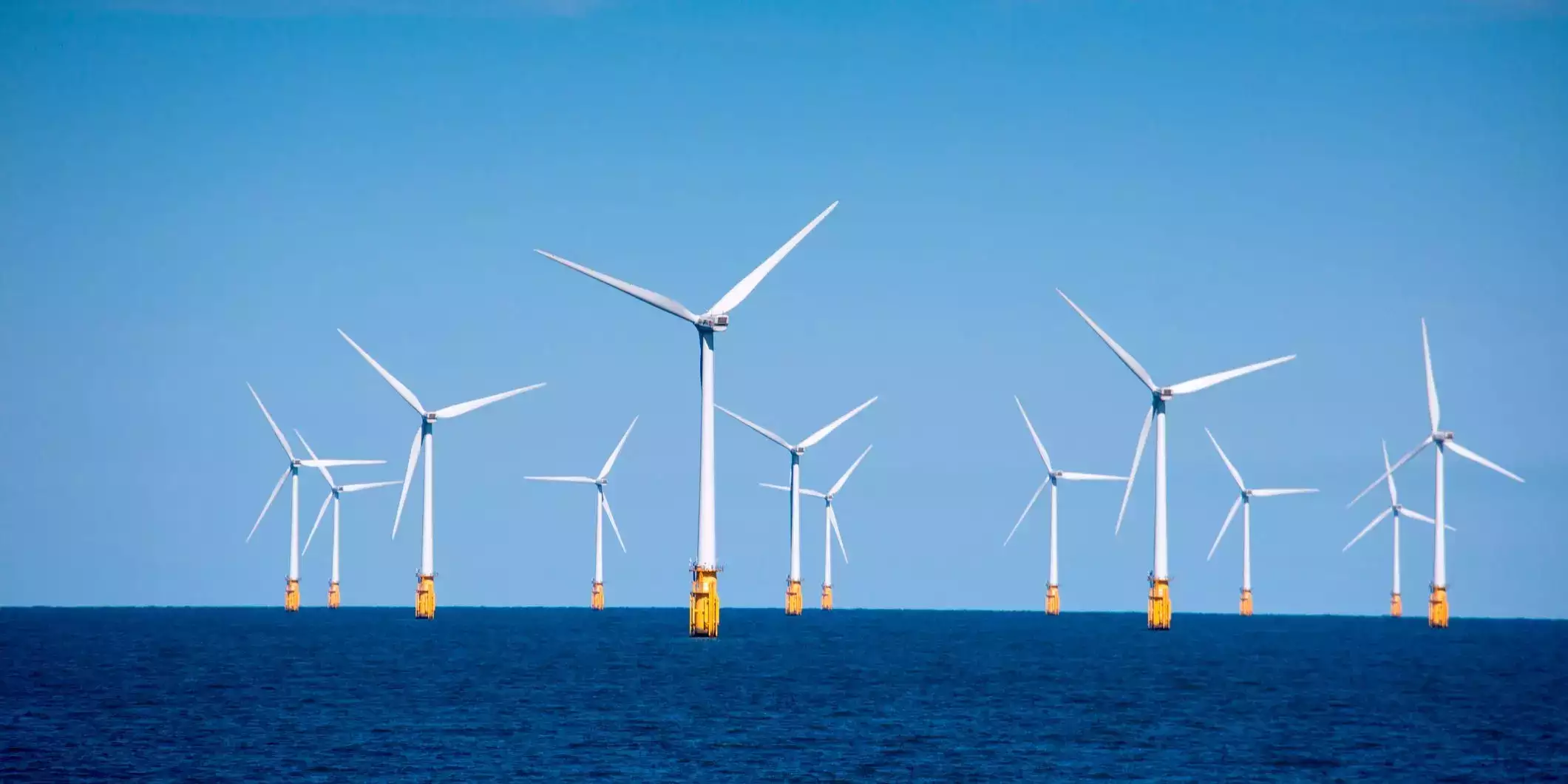Clean energy stocks have been underperforming this year due to high interest rates, with the S&P Global Clean Energy ETF down 34% year-to-date and companies like SolarEdge down 70%.
Despite the growing call for a shift to clean energy, stocks in the sector have been struggling compared to the broader market. Funds that track clean energy stocks have experienced significant declines in 2023, with the S&P Global Clean Energy ETF and the iShares Global Clean Energy ETF both down more than 30% since January. Individual companies like SolarEdge and Enphase Energy have been hit even harder, experiencing drops of 73% and 67% respectively.
This contrast between the demand for clean energy and the poor performance of clean energy stocks raises questions. The clean energy sector has been attracting investments and benefiting from supportive policies and increased interest in sustainable ventures as the threat of climate change drives the need for reduced reliance on fossil fuels.
One factor impacting clean energy companies this year, alongside companies in other sectors, is the pressure from higher interest rates. Despite the Federal Reserve pausing rate hikes, interest rates have risen significantly from near zero to a range of 5.25%-5.50% in a relatively short period. This has placed added strain on clean energy companies, which often carry substantial debt and are thus more sensitive to rising rates.
“The space tends to use an extraordinary amount of leverage,” explains Julien Dumoulin-Smith, a research analyst from Bank of America. “That’s not a surprise given how low-risk these assets tend to be.”
Clean energy firms had benefited from funding in the debt markets until rates began to rise. Higher rates have proven to be a significant hurdle for these stocks, as clean energy companies are more leveraged compared to their counterparts in the traditional energy sector. This results in higher financing costs, impacting their profitability.
Another obstacle faced by the clean energy sector is the bureaucratic process of getting new projects approved. Clean energy projects, such as solar or wind farms, require regulatory clearance, but the permitting process has been slow. Additionally, projects seeking to supply renewable power to the grid must await approval to do so, resulting in a lengthy “interconnection queue.” A study by the Lawrence Berkeley National Laboratory found that this queue is currently as long as the installed capacity of the entire US power plant fleet.
Geoffrey Hebertson, a researcher at energy market intelligence firm Rystad Energy, highlights the negative impact of delays caused by interconnection queues and environmental impact studies. He emphasizes the urgency of finding more efficient ways to handle this growth in the industry.
The clean energy sector has also been hit by bad timing. After recovering from the supply shock caused by the pandemic, companies in the sector faced soaring costs due to inflation and broken supply chains. As they were beginning to regain stability, interest rates started to rise, further hampering profitability.
“While the broader market enjoys relative buoyancy in 2023, high interest rates, permitting constraints, and supply chain inflation are hindering growth in the renewables space and weighing down stocks in the sector,” explains a note from Charles Schwab analysts.
Though the clean energy sector is experiencing these setbacks, sources believe that it will eventually rebound. However, the timing remains uncertain. Martin Frandsen, a portfolio manager at Principal Asset Management, believes that the negative effects of interest rates and inflation are persistent and may not disappear soon.
Complicating matters is the fact that most clean energy projects are long-term investments, with profitability typically achieved after around 10 years. Nevertheless, investment in clean energy continues to pour in, and it is expected to grow further. BloombergNEF reported a record-breaking $358 billion in global new investment in renewable energy during the first half of 2023.
Looking ahead, Julian Dumoulin-Smith of Bank of America is optimistic about the clean energy sector’s recovery trajectory in the coming years. He attributes this to not only the Inflation Reduction Act but also the underlying demand for clean energy, which is steadily recovering.
Overall, while clean energy stocks have struggled this year due to high interest rates, bureaucratic hurdles, and supply chain issues, experts believe that the sector will eventually regain its momentum as investment and demand for clean energy continue to rise.

I have over 10 years of experience in the cryptocurrency industry and I have been on the list of the top authors on LinkedIn for the past 5 years.

